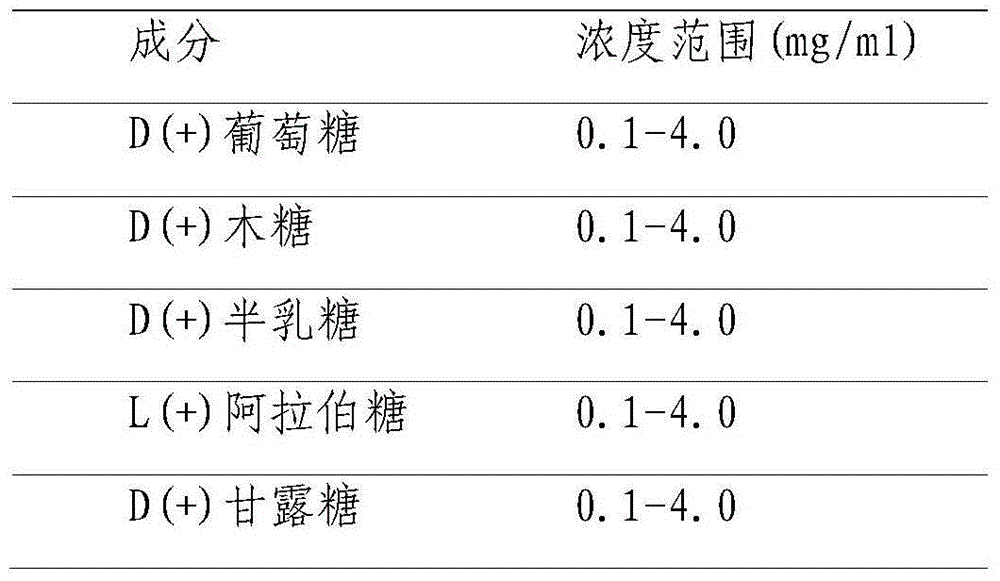Method for determining lignocelluloses component content of plant straw
A technology of lignocellulose and plant straw, applied in the field of agronomy, can solve the problems of misunderstanding, insufficient sample pretreatment, and inability to be universal.
- Summary
- Abstract
- Description
- Claims
- Application Information
AI Technical Summary
Problems solved by technology
Method used
Image
Examples
Embodiment 1
[0094] Example 1: Accurate Determination of Lignocellulose Components in Miscanthus Straw
[0095] Miscanthus is a perennial high-efficiency C4 plant. It is considered to be the most potential non-grain cellulose energy plant in the world. The cellulose component can evaluate its biomass utilization value, evaluate the biological quality of different Miscanthus species, and tap the application potential of Miscanthus plants. Molecular mechanism research provides guidance.
[0096] 1) Material pretreatment
[0097] 1. Take materials
[0098] Time for collecting materials: the end of February or the beginning of March of the following year (preferably it has been sunny for several consecutive days)
[0099] Material collection equipment: fruit branch scissors, cotton gloves, rope about 30cm, mesh bag, material distribution map, signature pen, label paper
[0100] Material collection method: For species with relatively large single plants such as Nandi, Wujiemans, awns and hy...
Embodiment 2
[0218] Example 2: Accurate Determination of Lignocellulose Components of Corn Stalks
[0219] Corn is the world's largest food crop and an important feed crop. Corn stalks are important biomass energy sources. The lignocellulose components of corn stalks affect the conversion efficiency of biomass energy, the mechanical strength of straws and the lodging resistance of plants. We used this method to determine the lignocellulose components of corn stalks with different biological traits, including brittle corn, lodging corn and normal corn. This method was verified and the lignocellulose components of different types of corn materials were analyzed at the same time. Provide guidance for biomass production and lodging resistance breeding of maize.
[0220] 1) Material pretreatment
[0221] 1 draw
[0222] (1) Material collection period: corn growth and maturity period
[0223] (2) Part of the material: the third stem node of the aboveground part of the corn stalk
[0224] (3)...
PUM
| Property | Measurement | Unit |
|---|---|---|
| absorbance | aaaaa | aaaaa |
Abstract
Description
Claims
Application Information
 Login to View More
Login to View More - R&D
- Intellectual Property
- Life Sciences
- Materials
- Tech Scout
- Unparalleled Data Quality
- Higher Quality Content
- 60% Fewer Hallucinations
Browse by: Latest US Patents, China's latest patents, Technical Efficacy Thesaurus, Application Domain, Technology Topic, Popular Technical Reports.
© 2025 PatSnap. All rights reserved.Legal|Privacy policy|Modern Slavery Act Transparency Statement|Sitemap|About US| Contact US: help@patsnap.com



